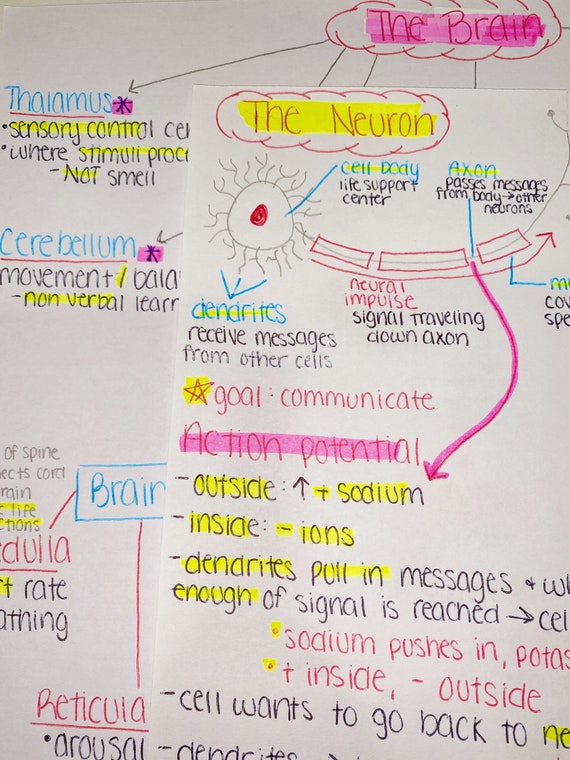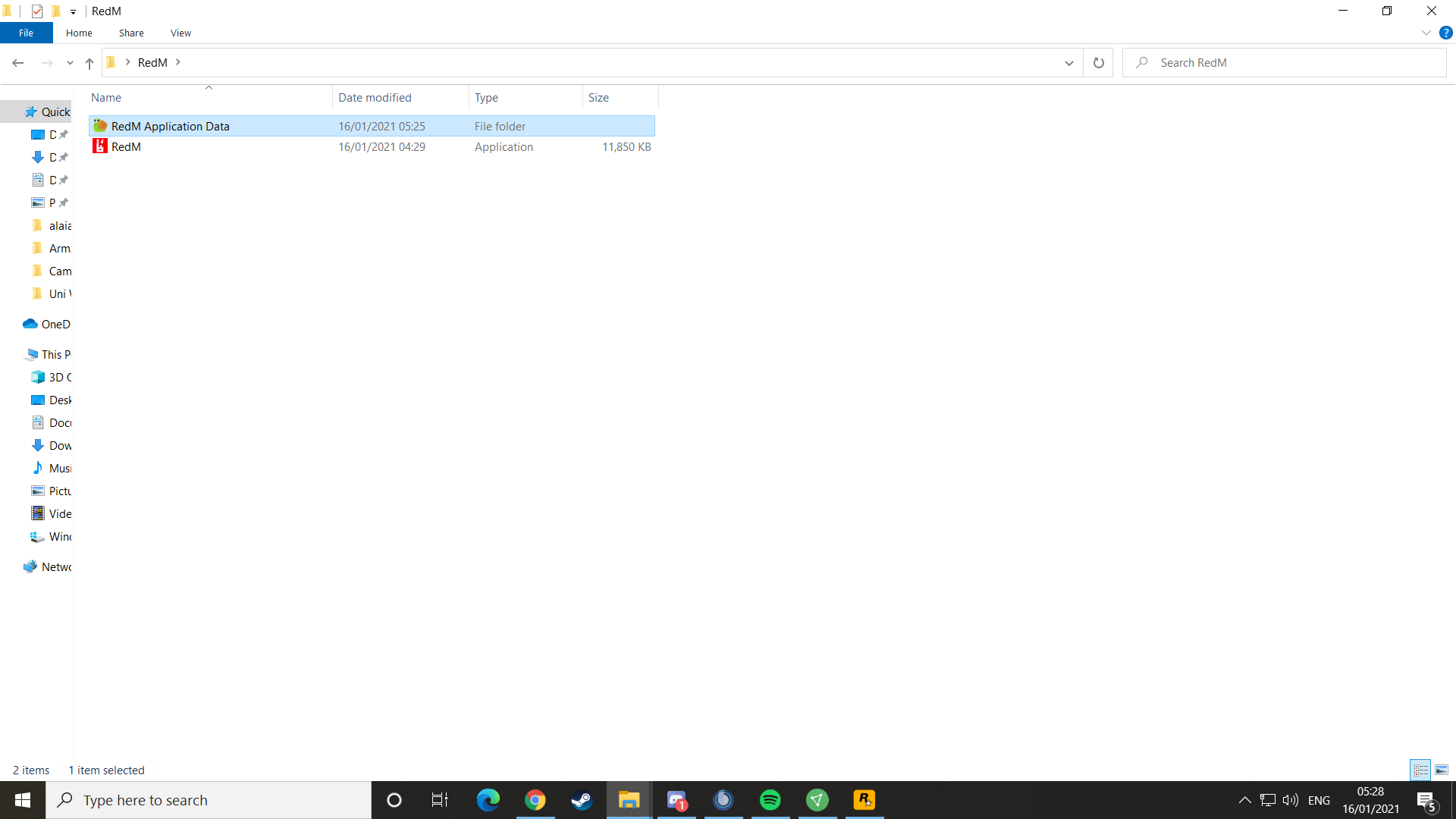
trlimit(resource.RLIMIT_AS, (MAX_VIRTUAL_MEMORY, MAX_VIRTUAL_MEMORY)) Otherwise, assessment may not be accurate.I'm trying to use playwright python and restrict its memory using a subprocess using the following code: # scrapper.pyįrom playwright.sync_api import sync_playwright Educators must provide the incentive and the supportive environment for the behavior to happen. Instruction– Educators must encourage collaborative learning, since much of learning happens within important social and environmental contexts.Īssessment–A learned behavior often cannot be performed unless there is the right environment for it. How Observational Learning Impacts Learning:Ĭurriculum– Students must get a chance to observe and model the behavior that leads to a positive reinforcement. But a person’s behavior also contributes to his environment. Environment also affects behavior: what a person observes can powerfully influence what he does. Likewise, much of what a person knows comes from environmental resources such as television, parents, and books.

A person’s behavior can affect his feelings about himself and his attitudes and beliefs about others. These influences are reciprocal, however. A person’s cognitive abilities, physical characteristics, personality, beliefs, attitudes, and so on influence both his or her behavior and environment. The relationship between these elements is called reciprocal determinism.

THEBRAIN BROWSER SUBPROCESS STOPPED WORKING CODE
This process depends on the observer’s ability to code or structure the information in an easily remembered form or to mentally or physically rehearse the model’s actions. Retention: Observers must not only recognize the observed behavior but also remember it at some later time.This process is influenced by characteristics of the model, such as how much one likes or identifies with the model, and by characteristics of the observer, such as the observer’s expectations or level of emotional arousal. Attention: Observers cannot learn unless they pay attention to what’s happening around them.Learning by observation involves four separate processes: attention, retention, production and motivation.

The observer may then later, in situations where there is an incentive to do so, display the behavior. Through observation, the observer can acquire the behavior without performing it. A distinction exists between an observer’s “acquiring” a behavior and “performing” a behavior.When the model is punished, an example of vicarious punishment, the observer is less likely to reproduce the same behavior. When the model’s behavior is rewarded, the observer is more likely to reproduce the rewarded behavior. The observer will react to the way the model is treated and mimic the model’s behavior.The observer will imitate the model’s behavior if the model possesses characteristics– things such as talent, intelligence, power, good looks, or popularity–that the observer finds attractive or desirable.There are several guiding principles behind observational learning, or social learning theory:

An observer’s behavior can be affected by the positive or negative consequences–called vicarious reinforcement or vicarious punishment– of a model’s behavior. Observational learning, also called social learning theory, occurs when an observer’s behavior changes after viewing the behavior of a model.


 0 kommentar(er)
0 kommentar(er)
